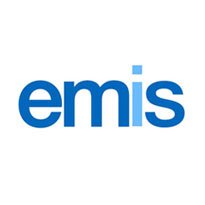EMIS IQ is providing data extracts for risk profiling vulnerable patients and working to reintegrate risk scores into EMIS systems.
NHS Oldham is using the King’s Fund combined predictive model to identify and manage vulnerable patients at risk of emergency admission.
The primary care trust, soon to become a clinical commissioning group, feeds the model with a monthly extract from EMIS IQ.
This provides detailed primary care data from the area’s 47 GP practices, most of which use an EMIS system, which is combined with other data, including hospital admissions and attendances from the Secondary Uses Service.
Each GP gave explicit online permission for data extractions via their EMIS system.
The resulting risk profiling dashboard is circulated to all 47 practices, which target the top 5% of at-risk patients with integrated care packages.
David Crowther, business intelligence partner at the PCT said: “This is the first time that we have been able to capture and report primary care data in this way.
“It’s one of the data black holes if you haven’t got it, particularly if you want to understand prescribing in a timely manner. Our clinicians now have the detailed information they need to identify and actively manage at-risk patients.”
NHS Oldham hoped to expand its use of the database to create near ‘real time’ reporting to help manage practice performance and prescribing, Crowther added.
Matt Murphy, managing director of EMIS IQ, said there were nearly 700 tables in EMIS systems to choose from. The Oldham extract used just nine such as demographics, conditions and medications.
He said EMIS IQ was keen to work closely with CSUs and the data management integration centres by providing them with the data needed for business intelligence.
Projects with NHS East London & City and NHS Leicestershire County and Rutland were taking this a step further by reintegrating risk scores into the clinical management system. This would allow GPs to see the risk profile of patients during a consultation within EMIS Web, he explained.
EMIS IQ was also working to bring Q-Research risk scores into the project, re-populating a number of risk models back into EMIS Web.
Murphy said once this information was in the system, it would allow users to create all kinds of reports.
Ultimately EMIS was looking to incorporate the risk models into its own systems, he said. This would involve PCTs sending their SUS data to EMIS and the company running a risk stratification model itself.

